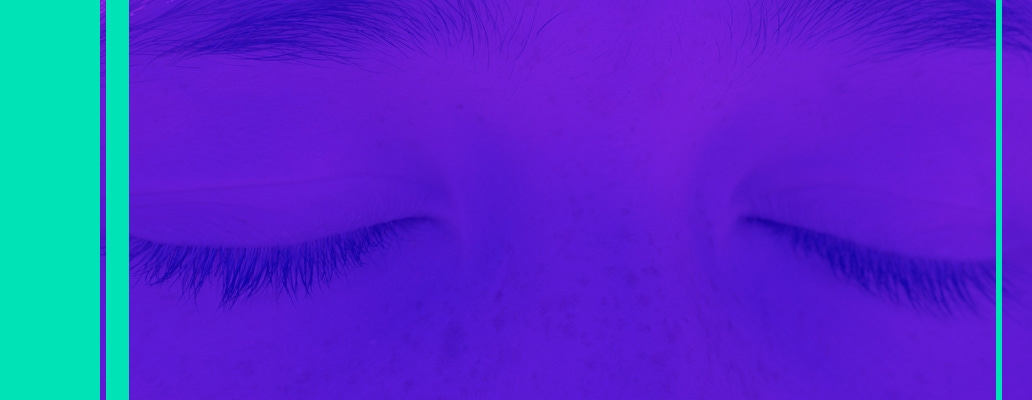Sit With It, Literally, To Gain Insight
Part 2 of 2 on Tapping into Your Inner Wisdom

We all know the urge to do something the moment we feel stuck. We fill notebooks with ideas. We search job boards. We schedule meetings. But action isn’t always the answer — at least, not right away.
In Part 1 of this series, I shared how freewriting — fast, unfiltered writing — can help you surface what’s really on your mind. It’s a way to clear the fog, confront hard truths, or just take inventory of the mental clutter that’s been building up. But there’s a step that comes after writing and before acting.
It’s this: Sit with it. Let it steep.
Writing surfaces insight. Stillness reveals meaning.
After a productive writing session, your brain might feel scrambled — like you’ve dumped out all the puzzle pieces but haven’t put anything together yet.
This is where stillness comes in.
Moments of quiet, intentional pause — whether through meditation, a walk, or just silence — give your mind a chance to connect dots you didn’t even realize were related. Neuroscience backs this up: when your brain enters a resting state, the Default Mode Network (DMN) activates. This network supports self-reflection, creative insight, and mental “time travel” — connecting past experiences with imagined futures. It’s in these quiet moments that new ideas often take root.
In other words: the good stuff happens when you’re not thinking so hard.
Let it steep, like tea.
This process is a lot like steeping tea. You’ve dropped the leaves — now give them time to transform the water.
Freewriting is a burst of expression. Meditation is what lets the clarity rise to the top.
Too often, especially in career or leadership dilemmas, we rush from idea straight into action. But insight that hasn’t had time to settle can lead to impulsive decisions, not informed ones. What felt right in the heat of writing might feel different after you’ve given it some air.
Meditation for Designers, Developers, and Leaders
Let’s lower the stakes on “meditation” for this context. You don’t have to sit in lotus pose, chant, or have your eyes closed for hours on end.
If you’ve ever stood in the shower and suddenly remembered the perfect word, solved a UX flow, or figured out a tricky team dynamic — that’s your brain making sense of things in stillness.
As creative professionals, we spend a lot of time making decisions under ambiguity. We’re expected to lead calmly, deliver confidently, and explain the “why” behind every design choice. That means clarity isn’t just nice to have — it’s the whole game.
Stillness is how you gain that clarity.
Practical ways to integrate this into your week
After you write, don’t race to the next task. Try one of these:
Sit for 5–10 minutes. Eyes closed. Focus on your breath or the feeling in your body.
Go for a short walk with no podcast, no music. Just notice what sticks with you from your writing.
Reread your notes and ask, “What here feels most true?” Then sit with that.
Use a timer. Even five minutes of presence is better than zero.
Optional journaling prompt after meditation: What do I feel pulled toward next?
If you already have a meditation practice, great. If not, this might be the simplest place to start — not as a separate wellness routine, but as an extension of your creative and professional process.
Make space for insight to land
This isn’t about productivity. It’s about presence.
Adding freewriting and reflection to your week isn’t a hack — it’s a way of staying close to what matters. It’s how you reconnect with the values, instincts, and priorities that too often get drowned out by the noise of Slack pings and back-to-back meetings.
Try scheduling one short writing session with a quiet moment right after — even just once this week. Pay attention to what surfaces, even if the result isn’t immediate. (Spoiler: it often won’t be.) But a week from now, or a month from now, you may find that your next move feels less forced and more obvious.
Don’t rush the decision
Big insight? Great. Now pause.
The best decisions I’ve made — about projects, team changes, career moves — didn’t come from a brainstorm or a whiteboard session. They came from silence. They came from dredging things up, then letting them settle over time.
Sometimes, the most productive thing you can do is nothing at all.
This article is Part 2 of a series on clarity and creative decision-making.
If you missed Freewriting as a Tool for Career Clarity, start there.
If it resonated with you, I’d love to hear what rituals or reflection practices you use to move forward with confidence — and what you might try next.
Enjoyed this piece?
I write weekly articles for designers and design leaders who want to grow their impact, lead with clarity, and build careers that actually feel sustainable.




